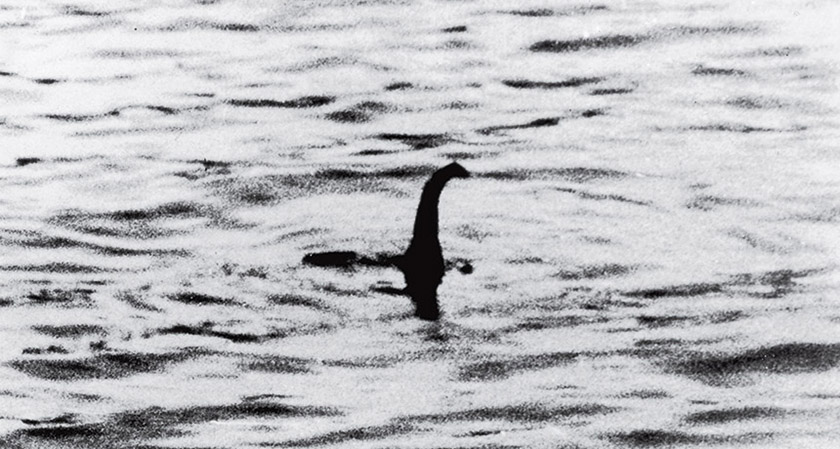THE MYTHICAL Loch Ness monster may actually be a giant eel.
Scientists have examined 250 water samples from the world-famous loch in the Scottish Highlands as part of a new study into the mystery potentially lurking beneath.
More than 500 million DNA sequences were also analysed in order to try and determine whether the long-standing myth is actually be a reality.
The results appeared to rule out the idea that a Jurassic-age reptile residence in the loch, while no shark nor catfish DNA was found during the investigation.
The only “plausible theory” the experts were able to put forward was that the legendary Nessie spotted infrequently over the years may actually be a giant eel or eels.
Speaking to the press, Professor Neil Gemmell, of the University of Otago in New Zealand, pointed to the "sheer volume" of DNA samples found to stem from eels "was a surprise".
He theorized that the various sightings of Loch Ness may have, in fact, been one or two eels that had grown to “extreme size”.
Professor Gemmell, who led the research, said: "There is a very significant amount of eel DNA. Eels are very plentiful in Loch Ness.
“Our data doesn't reveal their size, but the sheer quantity of the material says that we can't discount the possibility that there may be giant eels in Loch Ness."
Despite this, Professor Gemmell stressed there was “a lot of uncertainty” as to subject of Loch Ness, noting that many of the DNA samples taken amounted to little more than a thimble.
"For the people who still want to believe in monsters, there is still a lot of uncertainty in our work,” he added.
"The absence of evidence isn't necessarily evidence of absence."
 Picture: Wikipedia
Picture: WikipediaLoch Ness monster expert Malcolm Robinson previously theorised to Loaded that Nessie could be an animal “unknown to science”.
“We are discovering new species of insects and new species of frog on a daily basis. That might sound bizarre but it’s the truth. Same goes with fish in the sea,” he said.
“For example, they found a fish called a Coelacanth off the coast of Madagascar in 1938. These species are always being discovered.
“I personally believe we are dealing with a strange creature unknown to science at this time because we have to remember that the ancient sea mariners that traversed the oceans of the world claimed to have seen sea serpents which were drawn into maps.”
The Loch Ness monster has a unique Irish connection.
The earliest recorded encounter dates back to the sixth century AD and an Irish monk named Saint Columba, who witnessed a man being attacked by a “water beast” and dragged underwater to his death.
According to the legend, Saint Columba approached the beast following a second attack on a swimmer, making the sign of the cross and declaring: "Go no further. Do not touch the man. Go back at once."
The creature apparently stopped as if it had been "pulled back with ropes" and fled, it was later perceived as a miracle.

